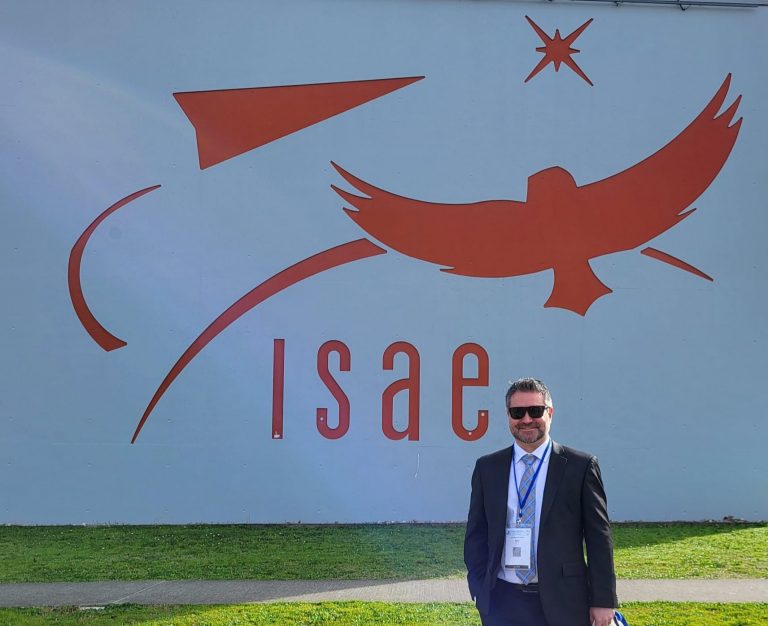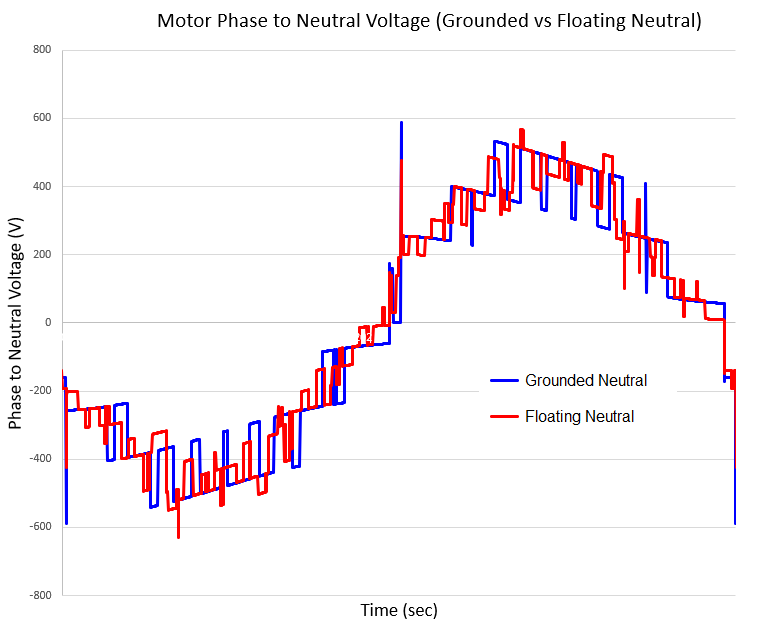Publications
Master's Thesis
It is with great pride that Mr. Bisson submitted his master’s thesis to the École de technologie supérieure (ÉTS), entitled “Design of a resonant converter for a permanent magnet synchronous machine”. This ambitious project was the result of several years of in-depth research and hard work, aimed at optimizing the performance of permanent magnet synchronous machines, which play a crucial role in many industrial applications.
Mr. Bisson is honored to have received an honorable mention for this work, which is a testament to the impact and quality of his research. This success would not have been possible without the support of his research director Kamal Al-Haddad and his family who encouraged him throughout this journey.
You can access his master’s thesis via the following link:
Patent
ÉTS, recognized for its excellence in research and development, filed an international patent application (PCT) on the technology developed by Mr. Bisson during his master’s degree in electrical engineering. This patent filing represents much more than a simple administrative formality: it marks the culmination of collaborative and rigorous work, highlighting a desire to contribute to technological advancement while ensuring the legal protection of the invention. This step is also a pledge of confidence in the future applications of this innovation, whether in the industrial, commercial or scientific fields. The PCT patent filing was subsequently assigned to the company Revoltron, which made the technology public and royalty-free.
You can find the international patent application PCT/CA2023/050525 at the following address:
More Electric Aircraft '24 International Conference, Toulouse, France
It is with great pride that Mr. Bisson announces the publication of his paper at the prestigious More Electric Aircraft ’24 conference in Toulouse, France, organized at the Institut Supérieur de l’Aéronautique et de l’Espace (ISAE). This event, recognized for its pioneering role in the advancement of aeronautical technologies, offers a unique platform to discuss the most recent innovations in the field of aviation, in particular around electric aviation and the decarbonization of the aviation sector.
His paper was selected for its contribution to the search for sustainable and efficient methods to meet the environmental challenges of aeronautical propulsion. As a participant in this international conference, he had the opportunity to share his work with experts, researchers and aeronautics professionals, while participating in exciting and constructive discussions on emerging trends and tomorrow’s technologies.
This achievement represents not only an important recognition of his research, but also a significant step in his commitment to sustainable aviation and the energy transition. ISAE, with its ecosystem of excellence in aeronautical engineering, is the ideal setting to present such innovations and to be part of the dynamic transformation that global aeronautics is experiencing.
He was honored to be able to participate in this event and to contribute to the energy revolution in the aviation sector.
You may find the links to the conference, his conference paper and his conference poster at the following addresses:

Floating Motor Neutral Works Just Fine
Previous publications of the electric drive topology shown that the motor’s wye neutral point was equipotential with the zero Volt reference of the bipolar battery. In the early stages of development there was a need to simplify the calculation and simulation for the proof of concept. Connecting the motor neutral to the zero volt reference allowed to electrically isolate each phase and therefore control the phase current without interferring with the other phases. Improvements to the model allowed to fix the sum of phase currents to zero, therefore eliminating the need for the lead between the bipolar battery’s ground and the motor neutral.
Without any change to the inverter or Capacitive Boost Processor topologies, isolating the motor’s wye neutral actually provides a smoother phase to neutral voltage profile, which in turns provides a smoother phase current. The phase currents are also better balanced.
No modification to the control algorithm was needed either. The control algorithm operates in closed loop, and therefore is able to adjust the inverter output voltage to achieve the desired current amplitude and phase.
The graphic on the right shows the phase to neutral voltage (combined inverter and capacitor voltages) with a floating motor neutral and a zero volt (grounded) motor neutral.
